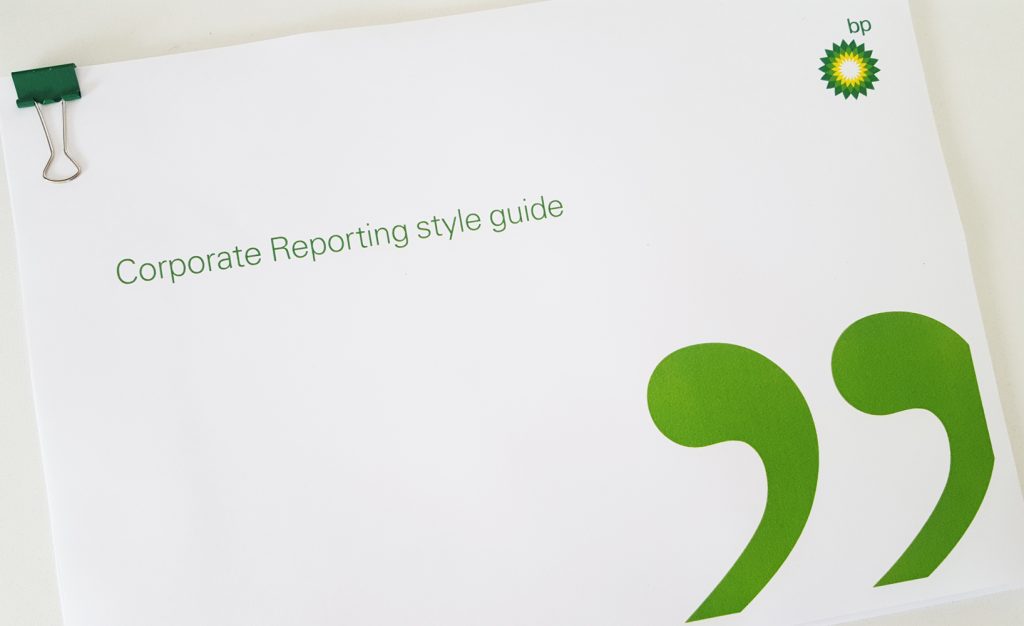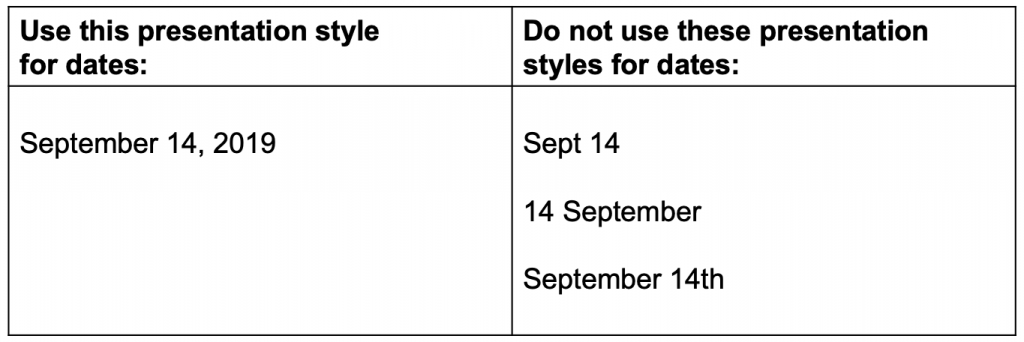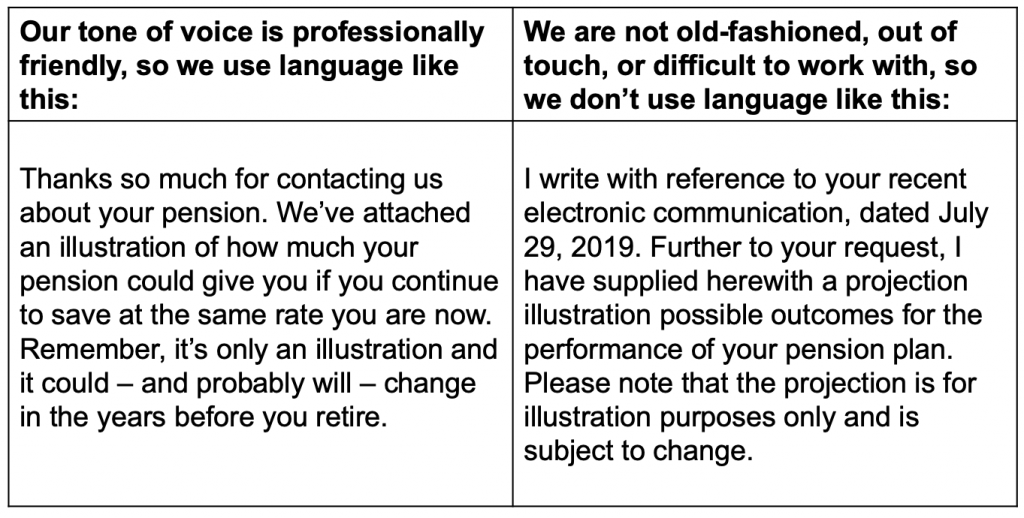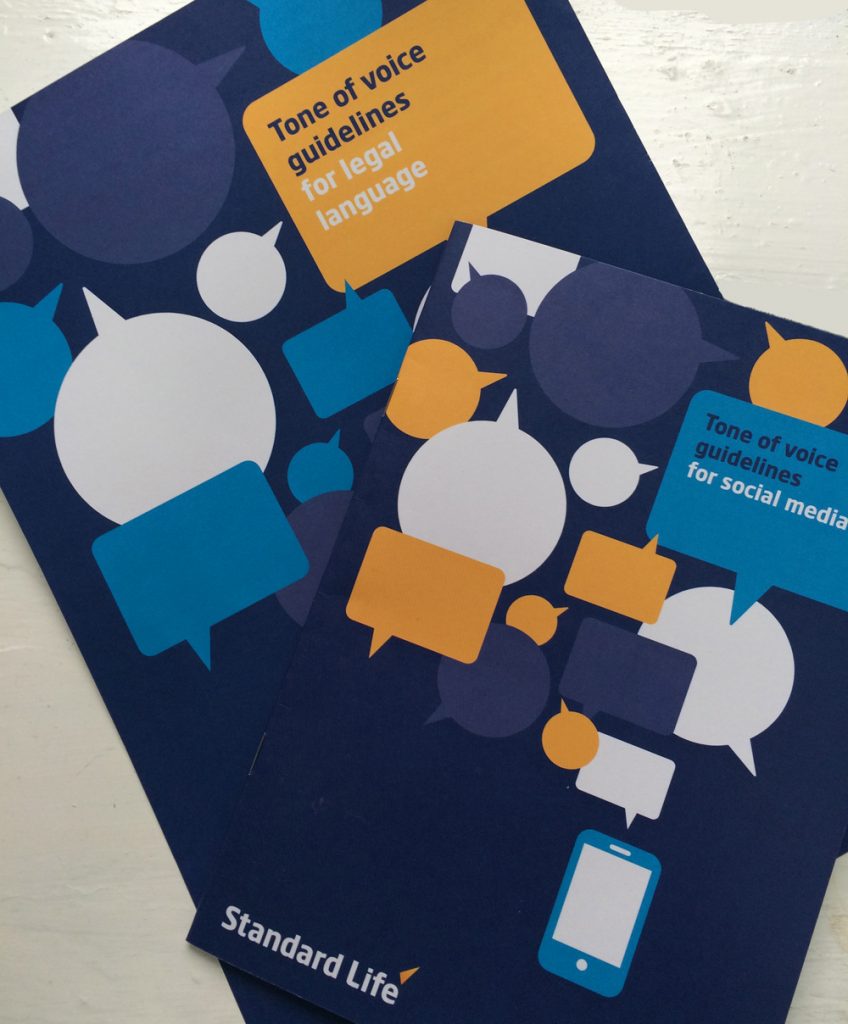
We’ve been asked this a couple of times this week, so here’s a quick overview:
Style guide
This is the term many organisations – and everyone working in writing and communications – use to describe a common approach to the nuts and bolts of presenting information. It includes the way your organisation spells words, capitalises words, uses punctuation and things like italics and bolding.
It will also set out how your organisation does things like write dates, quantities, addresses – and any other piece of written information you need to have a common approach for.
The very good reason to have a style guide is your written communications are more legible and easy to follow if you have a common approach to presenting information.
Typical advice in a style guide will be:

Tone of voice guide
Style is about the physical appearance of information. Tone, on the other hand, is about conveying a distinct personality in words. So rather than simply concern itself with the layout of a date or the capitalisation of certain words, a tone of voice guideline will explain which words, phrases and constructions to use to achieve a particular personality.
A good tone of voice guideline will also explain how to flex a tone so that it works in all circumstances – from the most serious through to the most celebratory. We call this Volume Control® and you can read more about it here.
Advice in a tone of voice guideline may say something like this:


Do you need both?
Yes you do – because each guide performs different roles.
As ever, if you want to talk style or tone of voice, you know where to find us.
And if you’d like to read more about our approach to tone of voice, check out our FAQs or read our book: Brand Language: Tone of Voice the Wordtree Way®.
